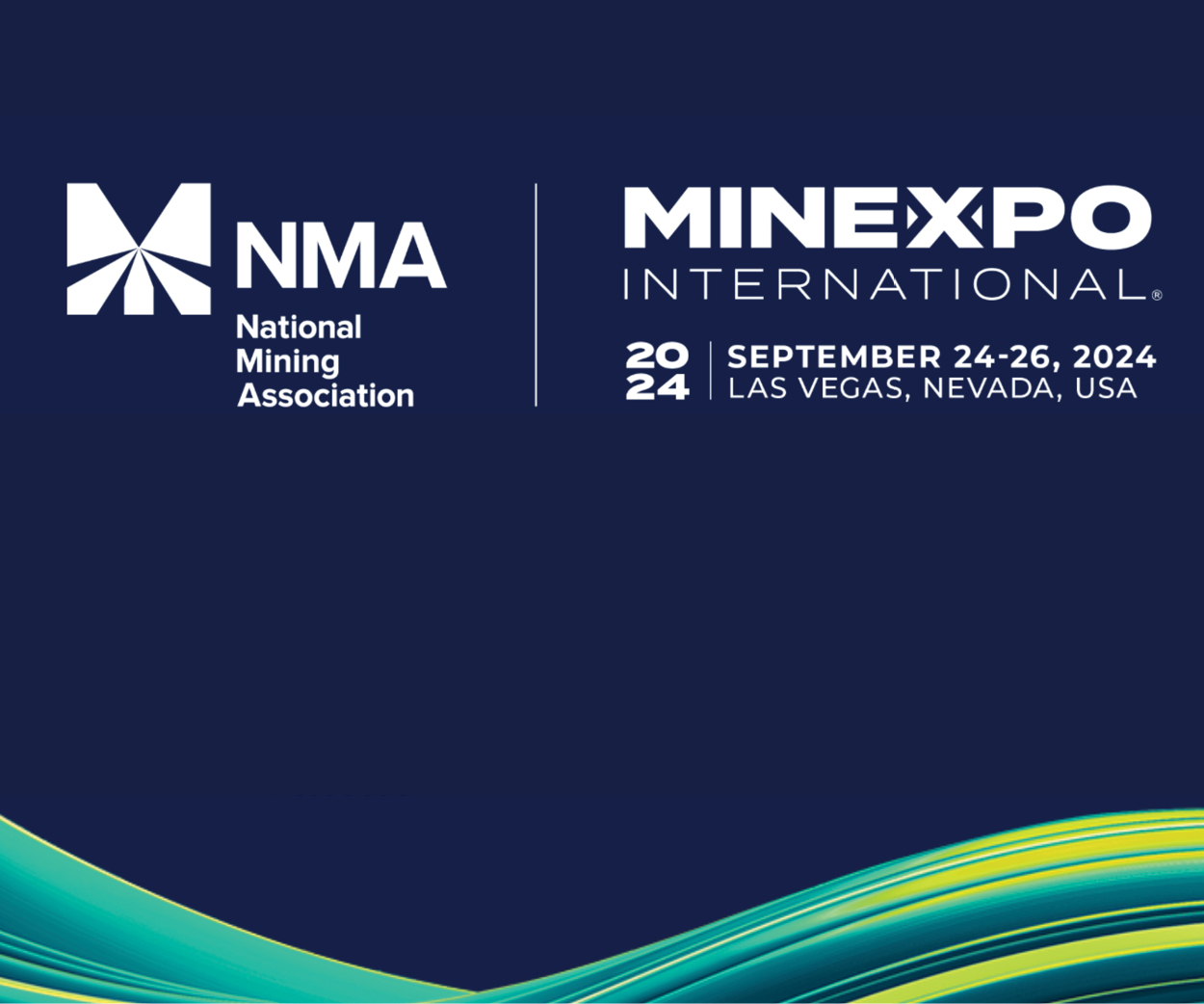EPA: Fish Damage from King Gold Mine Spill Wasn’t Severe, Long-lasting
Fish and other aquatic life did not suffer severe or long-lasting damage from a mine waste spill three years ago that polluted rivers in three states, the U.S. Environmental Protection Agency said.
An EPA report released last week analyzed the 2015 spill at the inactive Gold King Mine in southwestern Colorado, which an EPA-led contractor inadvertently triggered. Rivers in Colorado, New Mexico and Utah were polluted with a bright yellow-orange plume carrying iron, aluminum and other metals.
Part of the Animas River in Colorado closest to the spill was already so polluted by decades of waste spilling from inactive mines that the most vulnerable fish, insects and other aquatic life were already gone, the EPA said.
Further downstream, the spill appeared to have little impact on fish numbers, probably because the pollution was diluted and kept moving, so the exposure did not last long, the report said.
Another factor was that most of the metals in the plume remained in particulate form rather than dissolving in the water, the report said. Particulates are less harmful to aquatic life than dissolved metals.
The EPA’s conclusions appear to be sound, said Jason Willis, manager of Trout Unlimited’s Colorado Abandoned Mine Land Program. Willis helped gather some of the samples used in the report but was not involved in analyzing them or drawing any conclusions.
The report demonstrates the need to take action on wastewater draining from 250 inactive mines in Colorado and hundreds more in other states, Willis said.
Wastewater was already pouring out of the Gold King Mine at a rate of about 3 million gallons (11.4 million liters) a week, the same amount released in one day by the EPA-triggered spill, Willis said.
“The fact that it was seven days’ worth of Gold King helps put it in perspective,” he said.
The EPA analysis, first reported by the Durango Herald, used samples gathered from the Animas River in Colorado and New Mexico and the San Juan River in New Mexico. The Animas flows into the San Juan near Farmington, New Mexico, about 100 miles (160 kilometers) downstream from the spill.
The samples were collected in the fall of 2015, after the spill, and again one year later. The EPA used its own data along with samples collected by other federal, state and tribal agencies.
The report said potential longer-term impacts are still unknown, especially on longer-lived fish. Possible effects on very young fish — which are more sensitive to pollution — might be hard to detect because dead larval fish are harder to see than dead adults.
Other findings in the report:
• A year after the spill, insects, worms and other small aquatic life that can survive in the upper Animas had higher levels of metals in their tissue than before the spill. But the same was true upstream and in other areas that weren’t polluted by the spill, suggesting it was caused by something else.
• In lower reaches of the Animas, three types of fish — bluehead suckers, flannelmouth suckers and speckled dace — had significantly high levels of many metals in their tissue in the weeks after the spill. But when fish were sampled in the following spring and fall, the concentrations were back down to pre-spill levels.
• Numbers of most fish in the San Juan River were close to pre-spill levels immediately after the spill and a year later. But bluehead suckers, flannelmouth suckers and speckled dace were at historically low levels. The EPA said populations of other fish that prey on the struggling fish or compete with them for food were high, so it’s possible that contributed to the decline.
Source: Associated Press
Be in-the-know when you’re on-the-go!
FREE eNews delivery service to your email twice-weekly. With a focus on lead-driven news, our news service will help you develop new business contacts on an on-going basis.
CLICK HERE to register your email address.























